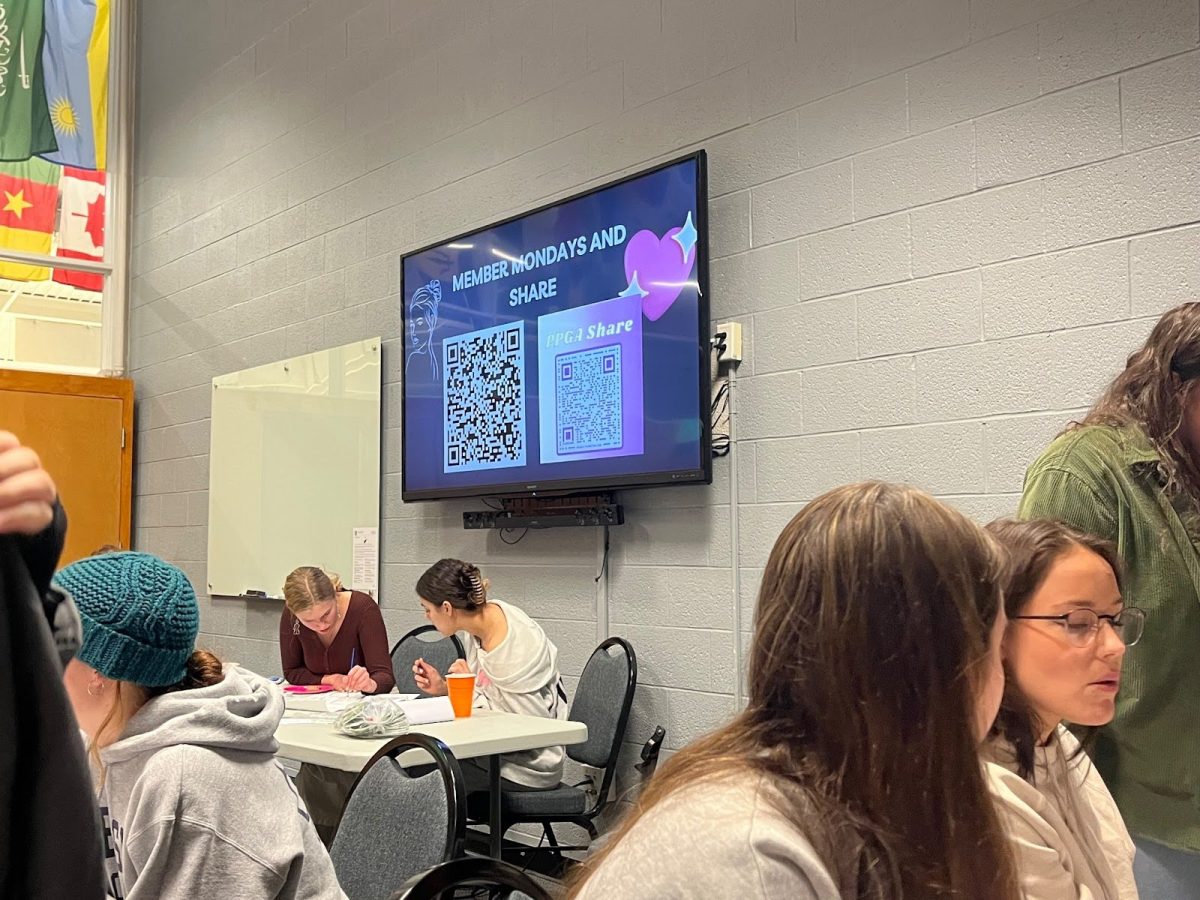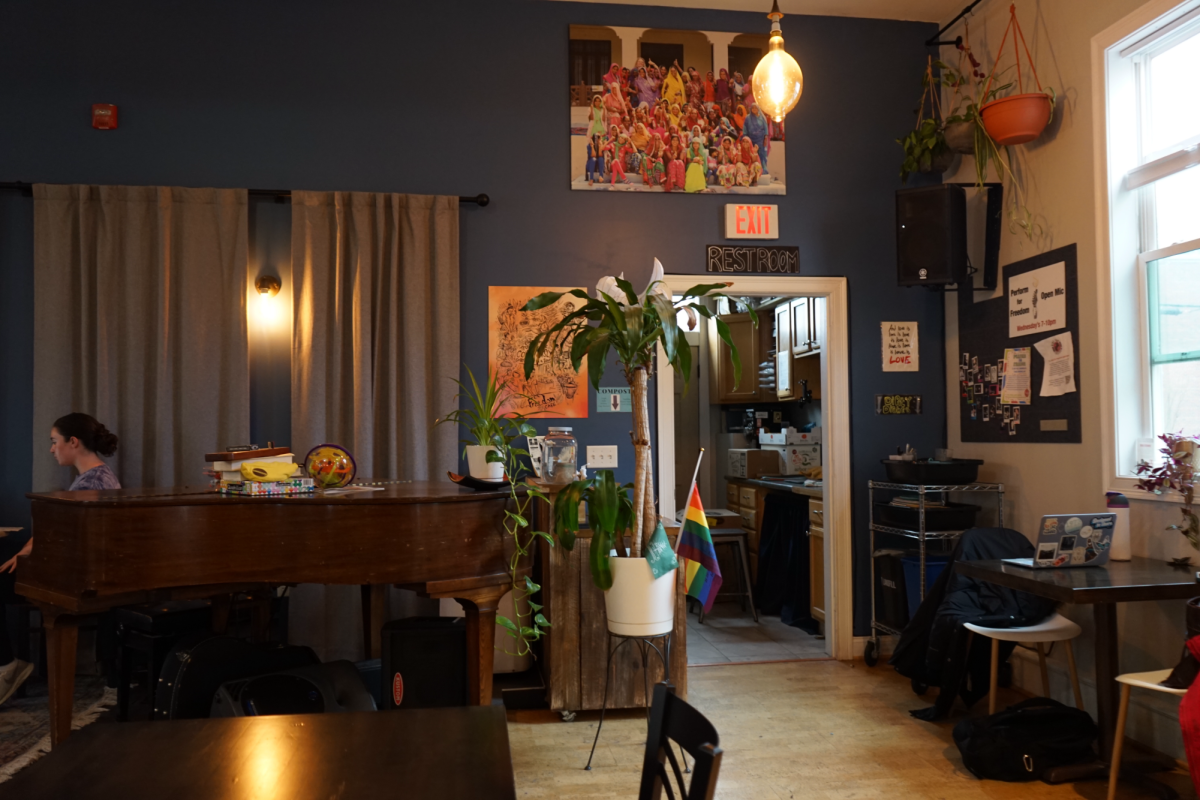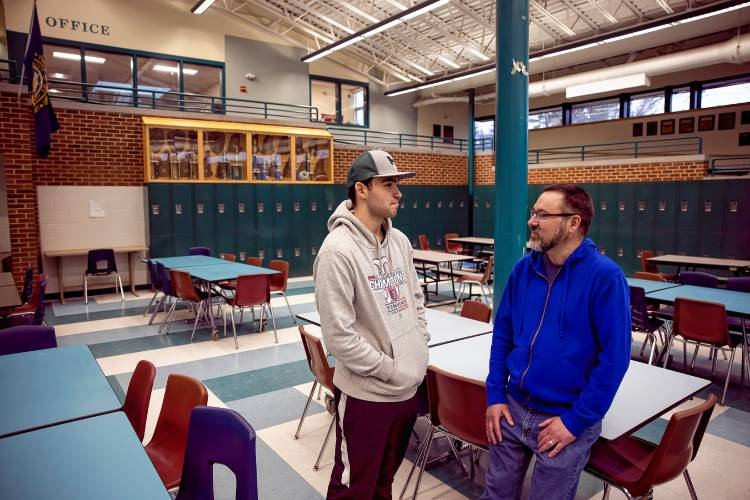Plants, seaweed, and numerous other specimens in the University of New Hampshire’s (UNH) Albion Hodgdon Herbarium are transcending their roots. Because these days, they’re on the internet.
The Hodgdon Herbarium is currently housed in Spaulding Hall as part of the Department of Biological Sciences (DBS) and the College of Life Sciences and Agriculture (COLSA). Some specimens have belonged to UNH for many years: 1,500 of them moved with the New Hampshire College of Agriculture and the Mechanic Arts – the precursor to UNH – when they moved from Hanover to Durham in 1892.
The herbarium traces its name to Albion Hodgdon, a botanist and faculty member at UNH who established the 1,500 specimens as an herbarium—a collection of plants, like trees, shrubs, and seaweeds; and related organisms, such as photosynthesizing bacteria. Fungi and lichen, although not plants, are also included in herbarium collections, as Dr. Chris Neefus, herbarium director and professor in DBS, pointed out.
UNH’s herbarium also holds the Sumner Pike Library of botanical books and references, dedicated to botanist Sumner Pike.
Today, the herbarium houses over 200,000 specimens, having grown from the efforts of UNH researchers and faculty, volunteers from the New England Botanical Club, and from inheriting the collections of other institutions. The specimens are mainly vascular plants: ferns, cattails, pine trees, although the collection includes many other organisms, mainly seaweed, but also lichens and mosses.
These specimens are stored in large folders, akin to manila folders, in rows of cabinets that stretch towards the ceiling. The rows can be pushed against each other, allowing the herbarium to store as many specimens as possible.
Each specimen is glued to a piece of herbarium paper, which looks like cardstock. After a specimen is freshly collected, it goes through a preparation process. First, the specimen is put into what looks like a giant book, but is made up of straps, cardboard and paper. This book is called a plant press.
With the exact process depending on the type of organism, specimens are laid in the press, where they flatten as they dry. Drying takes from a couple days for some grasses, to up to a week for specimens with fruit. The specimen and its associated metadata are then glued onto a piece of herbarium paper. Once the glue dries, the specimen is ready for storage.
Storage is key, as the herbarium is at full capacity, but set to gain 30 percent more storage when the herbarium is moved to the first floor during Spaulding Hall’s renovation. The herbarium will sit opposite the Insect and Other Arthropods Collection, sharing a glass-walled workroom.
Seven years ago, the herbarium began putting some specimens online: digitizing. Digitizing involves uploading a photo of a specimen, along with information on its label–its metadata–what species it is, and where and who it came from. This creates a unique record, or webpage, for each specimen, which can be accessed in online portals dedicated to herbaria collections.
The herbarium has been digitizing its collection in stages, and still not all specimens are digitized. The herbarium’s first digitization foray was coordinated by Yale University. Yale developed the Consortium of Northeastern Herbaria, an online portal of vascular plants from the northeastern United States and Canada, using collections located in the same region.
“As part of that project, we were able to digitize most of our collection, because most of it is from the northeast,” Neefus said, noting that the herbarium has specimens from Central America, South America and Europe. “After doing that for a bit, we decided we really wanted to get our macroalgae [seaweed] digitized because we have actually the fifth largest macroalgal collection in the United States.”
This led to the Macroalgal Herbarium Consortium Portal and coordinating the digitization of all one million macroalgae specimens in United States collections. The resulting portal contains a record for each specimen, as well as specially built geographic software that can create, among other products, “an invasion map,” Neefus said.
When each specimen is digitized, the location of where it was collected is uploaded to the portal. The portal displays these locations when a researcher searches for all the specimens in an area of interest, which also brings up the years each specimen was collected. With these locations and years, the researcher can track the spread of a species over time.
Digitization, Neefus said, “allows you to do research, biogeographical research, that would be almost impossible to do if you had to actually go in and physically examine specimens,” based on the time investment of creating, for example, invasion maps.
Yet, as efficient digitization makes some research, science still needs the physical collection.
“There’s certain things you can’t do with a digitized specimen,” Neefus stressed. Examples include DNA projects that require a sample of the specimen for extracting DNA, projects looking at internal structures of a plant, or loaning out a specimen like checking out a library book.
To find specimens of interest, researchers can use the online portals.
“That’s a very convenient cataloging system for people to use to find out where there are specimens they might be interested in.” Neefus said.
Some specimens are particularly unique.
“We’ve got about a hundred specimens that are what are termed nomenclatural type specimens,” Neefus said. “Meaning, that was the actual specimen that was used to name a new species. These species were all described, or identified, by previous faculty and researchers. Fellow researchers can compare specimens of their own to the nomenclatural type, or nomenclatural holotype, and determine the species they have: a type specimen ‘becomes the standard for that [species].’”
As much of an influence faculty and associated researchers have had on the herbarium, students have been essential to the digitization projects. Thirty undergraduates and two graduate students have imaged specimens or transcribed metadata. A few different classes actively use the herbarium, visiting the collection or the portals.
Interested students can visit the herbarium by appointment.




















